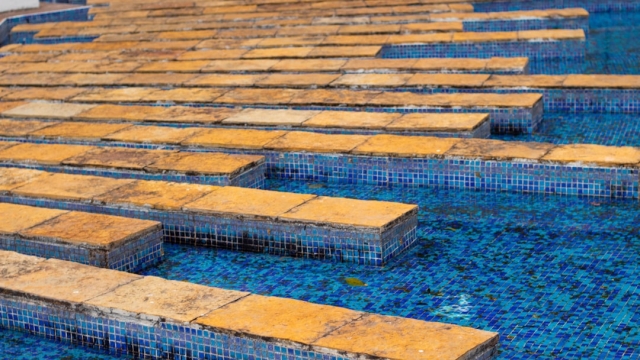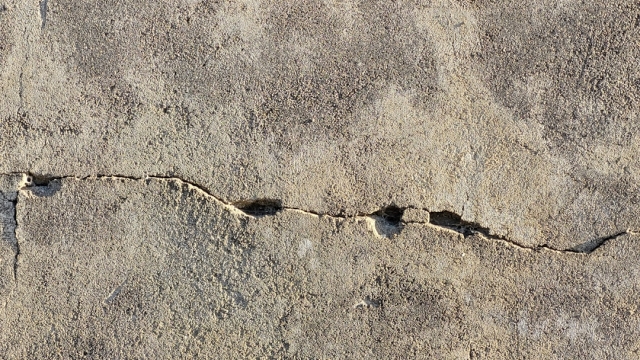Understanding the Importance of Historic Home Restoration
Restoring a historic home is more than just a renovation project; it is a journey that connects us to our past while allowing us to breathe new life into spaces filled with character and stories. These homes often embody unique architectural styles and craftsmanship that reflect the era in which they were built. Engaging in historic home restoration not only preserves this heritage but also fosters a sense of community and continuity. This article explores essential aspects of restoring historic homes, from understanding its importance to practical considerations for budgeting and finding the right professionals for the job.
Understanding the Importance of Historic Home Restoration
Historic home restoration plays a critical role in maintaining the cultural fabric of communities. These homes often serve as tangible links to the past, showcasing architectural trends, craftsmanship, and materials that are no longer common in modern construction. Restoring such properties can enhance neighborhood charm and property values while maintaining the historical narrative of the area. Moreover, restoration encourages sustainable practices by reusing existing materials and structures rather than opting for new construction.
Common Techniques and Materials Used in Restoration
Restoring a historic home requires a careful approach that respects the original design while addressing modern needs. Common techniques include:
- Repointing Brickwork: This involves removing deteriorated mortar from between bricks and replacing it with a compatible mix to ensure structural integrity.
- Window Restoration: Instead of replacing original windows, many restorations focus on repairing and weatherproofing them, which maintains the home’s authenticity.
- Preserving Original Woodwork: Stripping, sanding, and refinishing original wood elements can enhance their beauty while keeping the historical character intact.
Materials often used in these projects include period-appropriate woods, lime-based mortars, and historically accurate paints and finishes. Each choice not only preserves the home’s aesthetic but also respects its historical value.
Finding the Right Contractors for Your Restoration Project
Choosing the right contractor is crucial for a successful restoration project. Look for professionals who specialize in historic home restoration, as they will have a deeper understanding of the unique challenges involved. Begin your search by:
- Checking their portfolio for previous restoration projects.
- Asking for references from past clients, specifically those who had similar projects.
- Inquiring about their knowledge of local history and architecture.
During interviews, ask about their approach to preserving historical accuracy, their experience with local building codes, and how they plan to manage the budget and timeline of the project. A knowledgeable contractor will not only guide you through the process but will also advocate for the integrity of your historic home.
Budgeting for Historic Home Restoration: Costs and Considerations
Budgeting for a historic home restoration can be complex, as costs can vary significantly based on the home’s condition, size, and the scope of work required. Key considerations include:
- Assessment Costs: Before starting any work, it’s wise to conduct a thorough assessment of the property to identify necessary repairs.
- Material Costs: Sourcing period-appropriate materials may be more expensive than standard options, but they are essential for maintaining authenticity.
- Unexpected Repairs: Older homes often reveal hidden issues once work begins, so it’s prudent to allocate a contingency fund for unforeseen expenses.
Having a clear budget and understanding potential costs will help you make informed decisions throughout the restoration process.
Preserving Authenticity: Balancing Modern Needs with Historic Integrity
One of the most challenging aspects of historic home restoration is balancing the need for modern amenities with the desire to preserve authenticity. Homeowners can accomplish this by:
- Incorporating modern systems, such as electric and plumbing, in ways that do not disrupt original features.
- Choosing finishes and colors that reflect the home’s era while providing necessary updates.
- Using furniture and decor that complements the historical character of the home.
Ultimately, restoration should honor the home’s history while making it livable for today’s inhabitants. By appreciating the significance of historic home restoration and making thoughtful choices, homeowners can ensure that the stories of these homes continue to be told for generations to come.
For those seeking professional assistance in their restoration journey, consider reaching out to experts who specialize in historic home restoration. Their knowledge can make the process smoother and more rewarding.



